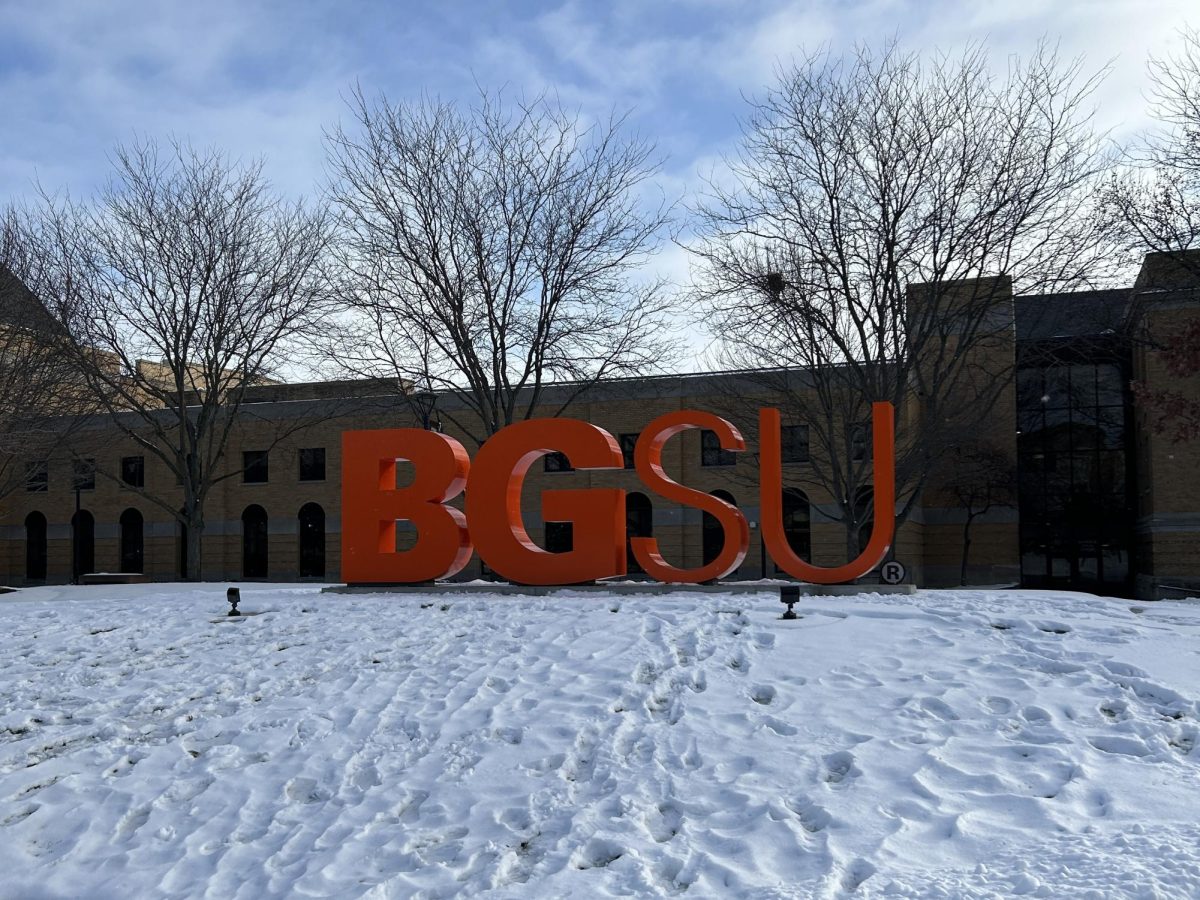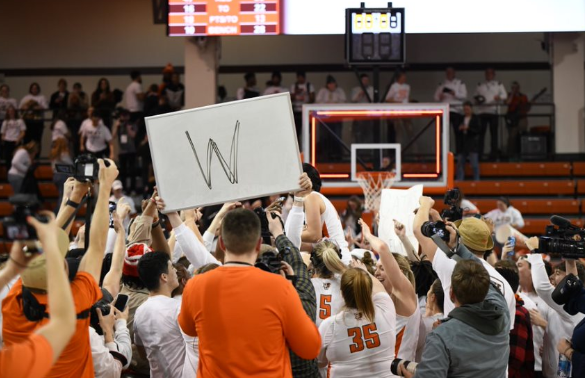More than two years ago, after long stretches of contempt and mismanagement by the University administration, the University faculty voted overwhelmingly to unionize.
This was not a new idea at the time; there had been several previous attempts to unionize the faculty.
But in the carefree days of the late 20th century, there was a general feeling of respect and cooperation between faculty and administration.
There were disagreements, naturally, but, in general, we felt we could work together.
That was then.
Nowadays, matters are very different. Again and again, year after year, in the Cartwright administration and the Mazey administration (meet the new boss, same as the old boss), the faculty have been treated with indifference.
Money is a part of that, of course.
Fourteen years ago, then-President Sidney Ribeau started a push to raise faculty salaries to the 70th percentile among peer institutions.
Today, after long neglect and indifference from following administrations, salaries for faculty rank lower than ever before.
Assistant professors at the University, for instance, are paid at the fourth percentile of peer institutions. That is not a misprint: Fourth.
Ribeau’s vision of the future has become the Cartwright/Mazey crawl into the past.
But things are tough everywhere, right?
Students are paying higher tuition than ever and you might think that means the University is in a tough place financially.
Any reasonable person might think so, but that reasonable person would be wrong. The University’s net assets are closing in on half a billion dollars.
That’s “billion” with a b. Where is all that money going?
It’s an excellent question that somebody needs to answer.
It may be slated for administrative salaries, which have ballooned even as administrator positions have increased in number.
It may be going toward “capital improvements,” which is why University and West Halls are in such great shape.
No, not really. I laugh so that I may not weep.
But, I’ll tell you where the money is probably not going: It’s not going to defray the costs of your education. The University’s faculty is more poorly compensated than any other similar public university in the state. (Only Shawnee State ranks lower and they do not have a graduate school.)
And if the Administration has its way, that money will never support the people who actually educate the University’s students.
Every compensation proposal they put across the bargaining table is more ridiculous than the one before it, amounting to compensation decreases from the University’s already-abysmal level.
There might be more at stake here than money.
What is the direction for this University? What’s our vision for the future? Will we continue to be a responsible public institution, benefiting our students and the state of Ohio or will we transform into one of the failed corporate universities, like the University of Phoenix, a parasite on the community and not an asset to it?
But the money is part of the problem. And money, unlike vision, can be counted and tracked.
Where is all that money going?
It’s past time for that question to be asked and answered.
The Administration bargaining team is meeting with the faculty again Nov. 15.
Supporters of the faculty will meet Nov. 15, from 8-9:15 a.m., on the third floor of the Union, to give a long-overdue pat on the back to the BGSU-FA bargaining team.
If you want to know what the University is going to do with all the money it’s collecting, you could do worse than show up and make your voice heard.
Respond to James at
thenews@bgnews.com







